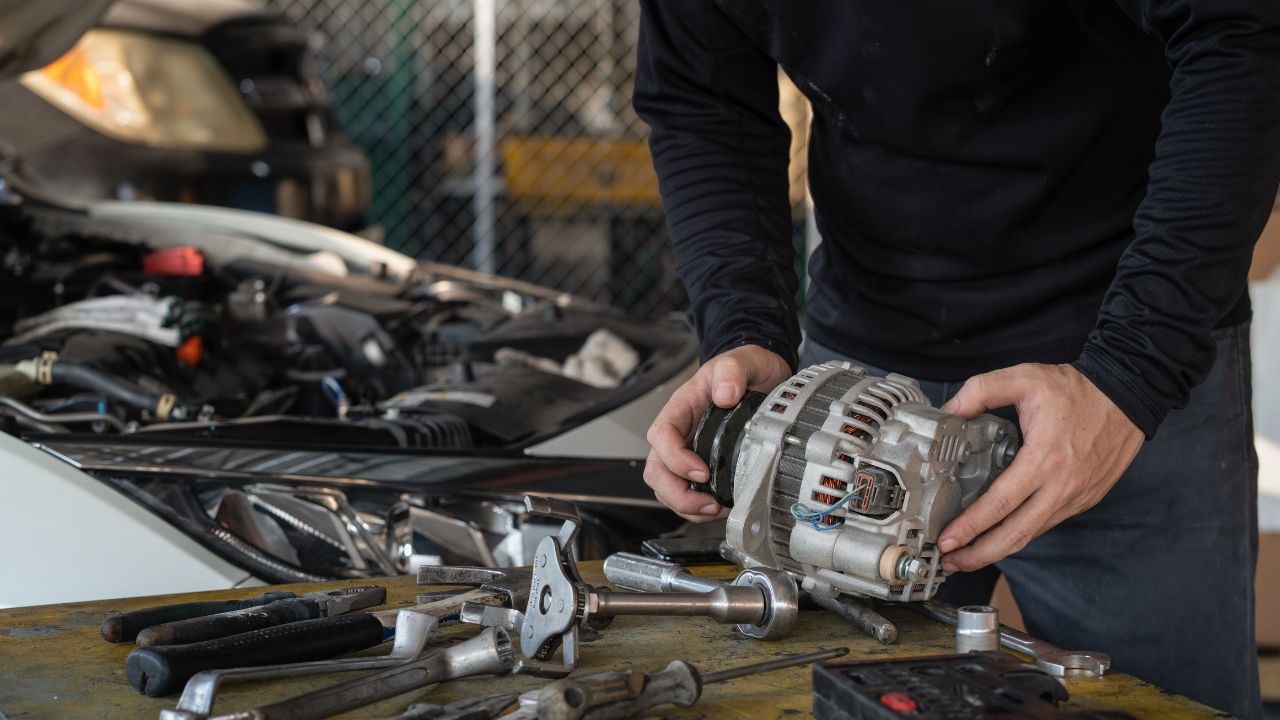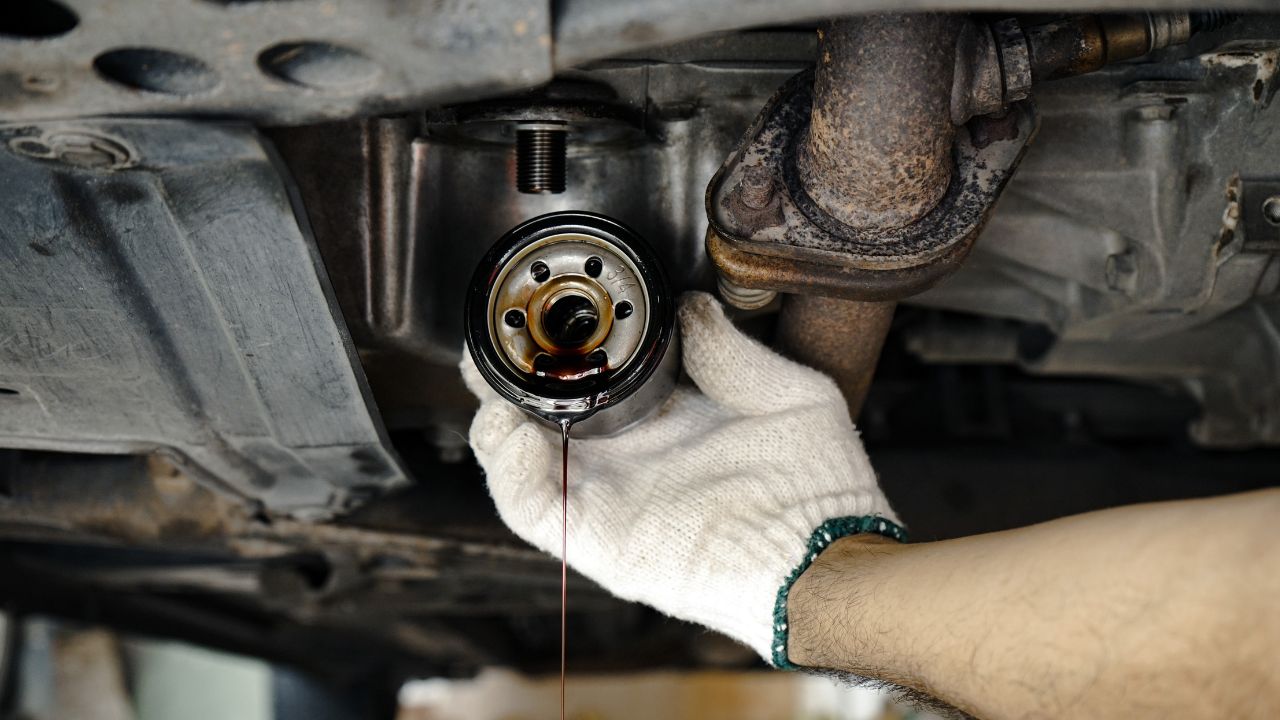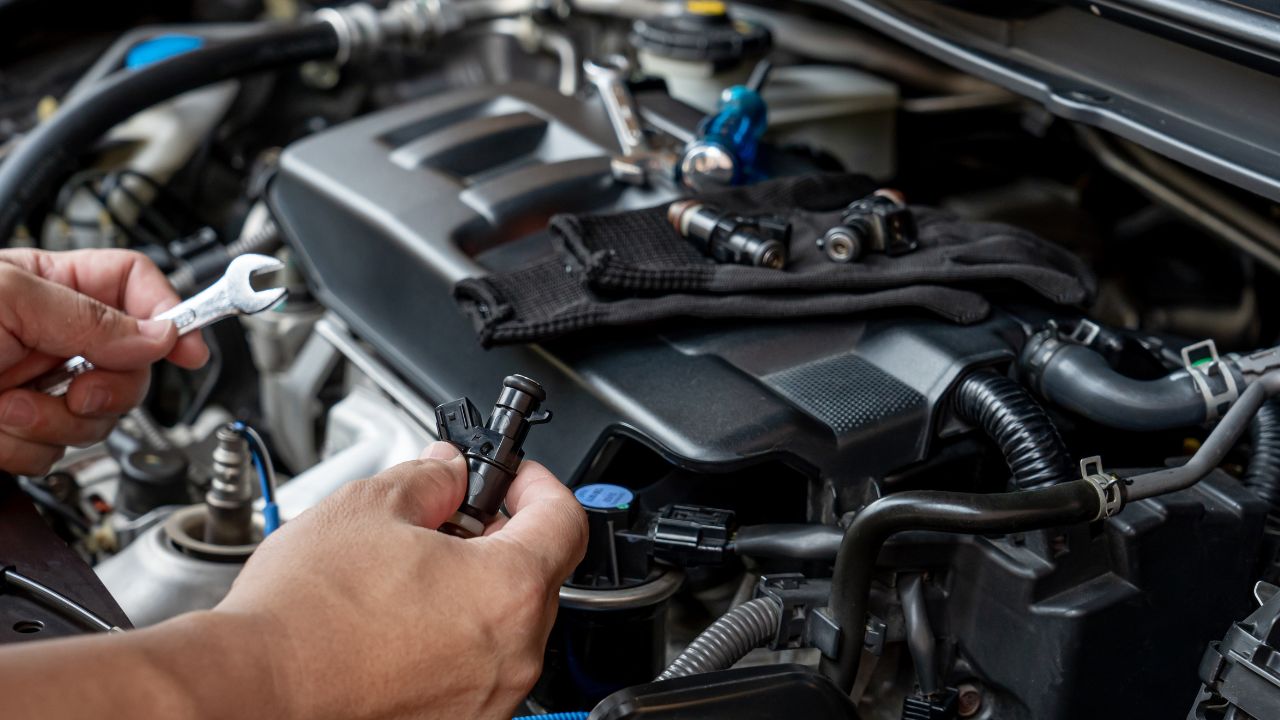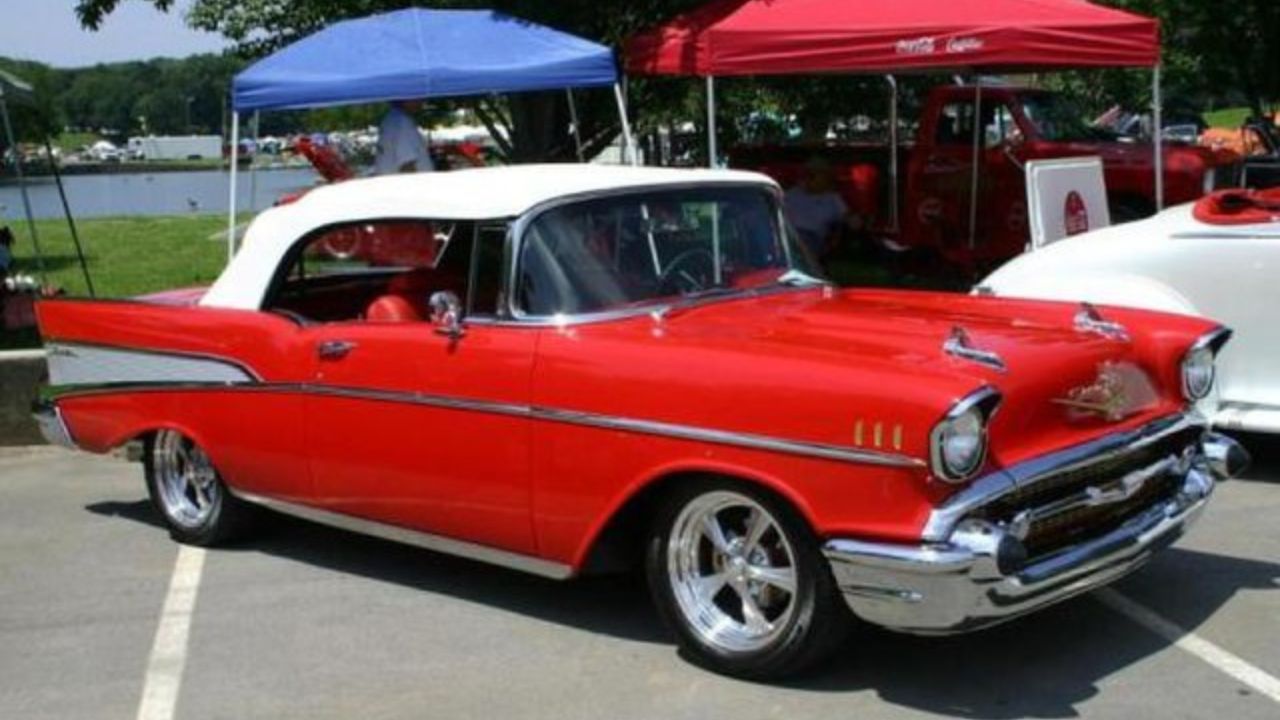Automobile extended service contracts, often referred to as extended warranties, are designed to provide peace of mind by covering the costs of certain repairs and services beyond the manufacturer’s warranty period. However, the specifics of what these contracts actually cover can vary widely, leading to confusion and potential gaps in coverage for vehicle owners. This article aims to demystify the details of what is typically covered under an extended service contract, helping consumers make informed decisions.
Understanding Extended Service Contracts

Extended service contracts are agreements that provide additional coverage for vehicle repairs beyond the standard warranty offered by manufacturers. Unlike a manufacturer’s warranty, which typically covers defects and issues arising from normal vehicle use during the initial years of ownership, extended service contracts are designed to offer protection once this initial period has ended. The main purpose of these contracts is to shield vehicle owners from unexpected repair costs by covering specific components and systems of the vehicle.
There are several types of extended service contracts, each offering different levels of coverage. The most comprehensive is the bumper-to-bumper contract, which covers almost all parts and systems but often excludes regular maintenance and wear-and-tear items. Powertrain contracts, on the other hand, focus on critical components such as the engine, transmission, and drivetrain. Named component coverage falls somewhere in between, listing specific parts and systems that are included in the coverage. It’s important to understand these variations to choose a plan that best suits your needs.
Key terms and conditions are crucial when evaluating extended service contracts. Deductibles, for instance, are common in these contracts and represent the amount you must pay out of pocket before coverage kicks in. Additionally, many contracts have coverage limits, which can cap the amount payable by the warranty company, leaving the owner responsible for any excess costs. Understanding these terms can prevent surprises when it’s time to use the coverage.
Commonly Covered Components

Many extended service contracts focus on covering powertrain components, given their crucial role in vehicle operation and the high cost of repairs. This typically includes the engine, transmission, and drivetrain parts, which are essential to the vehicle’s movement and are often among the most expensive components to repair or replace.
In the modern era of automobiles, electrical systems have become increasingly complex, integrating everything from infotainment systems to advanced driver-assistance features. As a result, many extended service contracts provide coverage for these systems, acknowledging their importance and the technical expertise required to repair them. This can include anything from the vehicle’s computer systems to its power windows and sensors.
Air conditioning and heating systems are also commonly covered due to their significance in providing comfort to the vehicle’s occupants and the potentially high costs associated with repairs. These systems are crucial, especially in regions with extreme weather conditions, and having them covered can save vehicle owners from unexpected repair bills.
Exclusions and Limitations

Despite the comprehensive coverage offered by many extended service contracts, certain exclusions and limitations exist. Wear and tear items, such as brake pads, tires, and windshield wipers, are typically not covered. These components are subject to regular deterioration and are considered maintenance items that owners are expected to replace periodically.
Pre-existing conditions are another common exclusion. If a vehicle has issues before the extended service contract comes into effect, those issues are generally not covered. This is why many service providers require a vehicle inspection or a waiting period before coverage begins, ensuring that pre-existing conditions are not included under the warranty protection.
It’s also critical to differentiate between routine maintenance and repairs. Routine services such as oil changes, tire rotations, and brake inspections are typically not covered, as they are considered part of regular vehicle upkeep. On the other hand, repairs needed due to mechanical failures of covered components would be included in the contract.
Factors Affecting Coverage

The age and mileage of a vehicle significantly influence the eligibility and coverage levels of extended service contracts. Generally, newer vehicles with lower mileage are eligible for more comprehensive coverage at a lower cost. As a vehicle ages and its mileage increases, the risk of mechanical failure rises, often resulting in higher premiums or reduced coverage options.
Another critical factor is the provider of the extended service contract. Coverage can vary widely between manufacturers, dealerships, and third-party providers. Manufacturer-backed plans usually integrate smoothly with existing warranties and dealership services, ensuring consistency in service and repairs. However, third-party providers may offer more competitive pricing or flexible coverage options, though it’s essential to research their reputation and reliability.
Geographical considerations also play a role in determining coverage needs and availability. For instance, vehicles in colder climates might benefit from contracts that emphasize heating system coverage, while those in warmer regions might prioritize air conditioning. Moreover, certain providers may have regional restrictions or benefits, such as partnerships with local repair shops, which can influence the decision.
Making an Informed Decision

Choosing the right extended service contract requires a careful evaluation of your specific needs and circumstances. Consider factors such as your driving habits, the make and model of your vehicle, and your financial situation. For instance, if you drive long distances frequently, a plan with extensive coverage might be more beneficial than a basic one.
Research and comparison are crucial steps in selecting an extended service contract. Compare different plans and providers by examining their coverage details, customer reviews, and any additional perks they might offer. Websites like Edmunds and Consumer Reports can be valuable resources for comparing the reputation and reliability of various providers.
Finally, reading the fine print is essential before signing any extended service contract. Pay attention to details such as coverage limits, deductibles, and any exclusions. Understanding these aspects will help you avoid unexpected surprises and ensure that the contract you choose aligns with your expectations and needs.
Like Fast Lane Only’s content? Be sure to follow us.
Here’s more from us:
*Created with AI assistance and editor review.







Leave a Reply